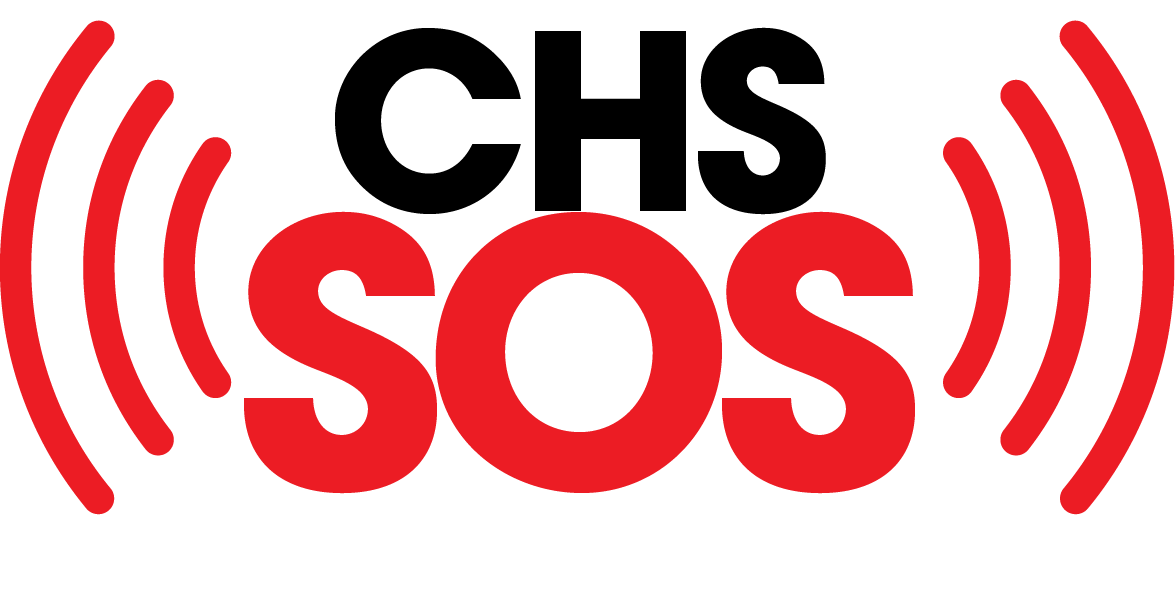Understanding CHS
What is CHS?
Cannabinoid Hyperemesis Syndrome (CHS) is one of those serious buzzkills that throws in a repeat act of violent retching for folks who love their weed a bit too much. It typically crashes the party after years of regular marijuana use—say, those hitting the pipe weekly for over a decade. The havoc it wreaks isn’t just some minor annoyance; it can mess up your life in ways you wouldn’t believe. Wanna know more about this unfortunate rendezvous? Take a stroll through our deep-dive on the ins and outs of cannabinoid hyperemesis syndrome: all you need to know about symptoms, causes, and treatment.
How Chronic Cannabis Use Relates to CHS
Ever wonder how daily puffing can backfire so severely? It’s all tied to how the body freaks out with constant cannabinoid exposure. Long-time cannabis enthusiasts, especially those who kicked off during their teen years, are prone to getting CHS. The main idea is that all those tokes can send your endocannabinoid system’s receptors into hyper-drive. Over time, this may sabotage your body’s ability to keep nausea and vomiting in check, cueing up the epic CHS vomit fest (Cleveland Clinic).
For those hooked for years, CHS tends to play out in this annoying cycle of throwing up every so often. People often find that saying goodbye to cannabis hits the reset button on these nasty symptoms—you can even confirm it’s working with a clean drug test. A quirky bit? A lot of folks find quick relief by settling into a toasty bath or shower (NCBI Bookshelf).
If you’re trying to get the lowdown on how CHS stacks up against other gut-wrenching acts like cyclical vomiting syndrome, our piece on chs vs. cyclical vomiting syndrome: key differences dished out may just scratch that itch. And if you’re pondering why in the world weed and a barf bag are even in the same sentence, don’t miss our exposé on how does cannabis cause chs? layman’s exploration of the science.
Risk Factors and Causes
Let’s dive into who might be more likely to get Cannabinoid Hyperemesis Syndrome (CHS). Plus, we’ll glance at those little endocannabinoid receptors to understand this condition better.
Who’s More Likely to Get CHS?
Turns out, folks who’ve been lighting up the green for a good decade or so are playing with fire when it comes to CHS. If you’ve been puffing away since your teenage years and you hit it up at least weekly, you might find yourself rolling the dice with this condition (Cleveland Clinic). Most of the time, it’s those who’ve spent their younger years with a joint in hand who find themselves facing these issues.
Risk Factors for CHS
| Risk Factor | What it Means |
|---|---|
| How Long You’ve Used | About 10-12 years hanging with Mary Jane |
| How Often You Use | Puff, puff, pass – at least once a week |
| When You Started | Kicking it with cannabis as a teen |
| What You’re Using | High-THC strains might cause more headaches |
What’s Up with Endocannabinoid Receptors?
The guessing game here leans towards the side of too much of a good thing with those endocannabinoid receptors. Think of it like leaving the oven on too long – problems crop up. Overstimulation from long-term use might mess with how your body tackles nausea and keeps the queasy feelings in check.
Cannabinoid Hyperemesis Syndrome has this nasty habit of popping up in cycles; tummy troubles every now and then while you’re still on the green. But, ditch the doobie, and watch the vomit vanish – proven when urine tests say you’re clean (NCBI Bookshelf).
Getting a grip on how CHS and non-stop cannabis use connect can help you spot when it’s time to hit the brakes and make a change. Nose around our guide for more scoop: cannabinoid hyperemesis syndrome: the ultimate guide to symptoms causes and treatment.
Symptoms and Diagnosis
Recognizing Symptoms of CHS
Cannabinoid Hyperemesis Syndrome (CHS) is kinda tricky to pin down since it acts like a sneaky chameleon, mimicking other gut issues. It hits you with:
- Barfing a lot
- Feeling queasy when the rooster crows
- Tummy aches
- Freaking out about hurling
- Feeling a bit better after a hot shower
CHS doesn’t just up and appear; it strolls in with three phases: the early prodromal stage, the full-blown hyperemetic stage, and the chill recovery stage. Wrapping your head around these warning signs is key if you think your love for Mary Jane might be turning on you. Curious for more on how this all begins? Check out our piece on spots the early hints of CHS.
Steps to Diagnose CHS
Getting that CHS diagnosis stamp involves a bit of sleuthing. Here’s what usually goes down:
- Your Story: Docs will quiz you on your weed habits — how often and for how long you’ve been partaking.
- Look-Over: They’ll give you a once-over to rule out other reasons you might be revisiting your meals.
- Running Tests: No exact science here, but you might get some blood, pee, or picture tests to check what’s up elsewhere.
A big red flag that you’re in CHS territory? When ditching the weed makes the nastiness skip town. Most people feel a whole lot better once they give up the greens, making that CHS label pretty spot on. Docs also have to play detective to tell CHS from cyclical vomiting syndrome, like seeing if there’s a rhythm to your symptoms. For a nerdy breakdown, peek at CHS vs. cyclical vomiting: what’s what.
By getting a grip on these steps and signs, I, and ha! maybe you too, can dodge around the healthcare maze a smidge easier. Remember, hitting up a doc is your best bet for hashing out any symptoms that are killing your vibe.
Treatment Options
Importance of Quitting Cannabis
Ditching the green is the golden rule when it comes to dealing with Cannabinoid Hyperemesis Syndrome (CHS). If you’ve been caught in the circles of nausea and unending trips to the vomit aisle, it’s time to put down that blunt! Studies are as clear as the Sea of Serenity (okay maybe not that clear, but you get the idea)—the only surefire way to kick CHS to the curb is to swear off cannabis totally. Places like Cleveland Clinic and various other geeky, lab-coat-filled spaces say that saying goodbye to cannabis is your ticket to symptom-free living. According to the peeps over at PubMed Central, nixing cannabis from your life not only lightens your symptoms but keeps them from darkening your days in the future.
| Key Action Points | Deets |
|---|---|
| Quit Cannabis | Drop that joint to say hello to relief. |
| Get Support | Chat with a doc. They’ve got the low-down on handling the grind. |
| Track Your Journey | Keep an eye on your recovery—your body’s diary post-cannabis. |
We know the thought of parting ways with your leafy friend can be scarier than your mom’s old perm photos. But understanding that CHS and heavy cannabis use go hand-in-hand is a real mind-bender for healing. Curious about other brainy details involving CHS? Check out our comprehensive guide here.
Medications and Therapies for CHS
Quitting cannabis is the numero uno remedy, but when nausea has you feeling like you’re on a spinning merry-go-round, a little help from the medicine cabinet isn’t off the table. Docs might hand you a bottle of anti-nausea magic, perfect for when tossing your cookies becomes all-day entertainment. Staying hydrated is key, because when your tank’s dry, things can get wobbly.
Here’s some go-to meds you might see on your recovery ride:
| Meds | What They Do |
|---|---|
| Anti-nausea Pills | Cut down the queasiness and keep breakfast where it belongs. |
| Pain Killers | For when your stomach’s doing the twist and shout. |
| IV Fluids | Supercharged drink for when you’re dry as a bone. |
If it feels like your insides are on a rollercoaster and you’re desperate for a break, heading to a doc for some urgent TLC isn’t overreacting—it’s smart. Keep that dialog open—a little talk with your healthcare provider can give you the best playbook for managing the quakes of CHS. For more personalized advice, our friendly guide can steer you right: chat with your doc about CHS.
Getting to the root of CHS and its tobacco buddy helps shine a light on the path back to feeling human again. Grab onto those resources—chasing wellness by talking CHS symptoms with your doc will set you on a smooth path to kicking back with fewer worries on your plate.
CHS Management
Dealing with Cannabinoid Hyperemesis Syndrome (CHS) isn’t exactly a walk in the park, but a mix of smart lifestyle tweaks and treatments can really soothe those annoying symptoms. Here are some tips worth considering if you’re trying to get a handle on it.
Strategies for Managing CHS
First things first, cutting out cannabis completely is key. Research shows the only true path to kicking CHS for good involves ditching cannabis altogether. You’ll probably start feeling better within about 10 days after putting down the joint, but true recovery might stretch over a few months (Cleveland Clinic).
Besides giving cannabis the boot, here’s what else might help:
- Hydrate, Hydrate, Hydrate: Keep the fluids coming, especially to fight off that pesky vomiting.
- Eat Smart: Small, boring meals are your friend—they can help settle your queasy tummy.
- Medications to the Rescue: Drugs like benzodiazepines, some antidepressants, anticonvulsants, and antipsychotics might just do the trick in dampening those nasty symptoms NCBI Bookshelf.
Role of Hot Showers in Symptom Relief
Here’s a nifty little secret: hot showers. A lot of folks swear by the steaming relief they get by hopping under a hot stream. Somehow, the heat seems to give nausea and stomach pain an instant boot, maybe because it helps calm the belly down.
Seriously though, it’s a popular DIY fix among CHS sufferers. Hot showers, or even baths, appear frequently in conversations about relief, possibly due to how warmth messes with sensory nerves and muscles to ease you into relaxation and quiet your urge to upchuck. While this isn’t the magic bullet to cure CHS, it can be your trusty sidekick offering some comfort.
All in all, beating CHS is mostly about saying goodbye to cannabis. But supporting tactics like staying hydrated, tweaking your diet, getting the right meds, and steaming it up with hot showers can be your comrades in fending off symptoms. Want more juicy details on managing CHS and linking it to the green herb? Dive deeper into our full-blown guide on cannabinoid hyperemesis syndrome.
Prognosis and Research
If you’re grappling with Cannabinoid Hyperemesis Syndrome (CHS), figuring out the long haul and what’s happening on the research front is super important.
Long-Term Prognosis of CHS
Good news for those dealing with CHS: ditching cannabis often makes a world of difference. People who’ve quit the green stuff usually start feeling a whole lot better before long. Research shows a significant boost in life quality once you stop. The magic moment varies, but most folks find relief in days to weeks after giving up cannabis.
| Symptom | How Soon You’ll Feel Better |
|---|---|
| Nausea & Vomiting | A Few Days to Weeks |
| Belly Pain | Days |
| Hunger Returns | Weeks |
Some do get lingering tummy troubles, especially if they get back into cannabis Cedars-Sinai. Have a peek at our piece on how long does chs last? recovery timelines and expectations for more info.
Ongoing Research on CHS
The brains are burning all over to crack the CHS code. They’re digging into how cannabis gets your stomach so upset and trying to pin down markers that’ll make diagnosing this thing easier.
They’re also nosing around to see if some cannabis types crank up chances of landing you with CHS. The aim? Smarter cannabis use and better treatments. Bounce over to our article on how does cannabis cause chs? a deep dive into the science to geek out more.
Thanks to ongoing studies and folks spreading the word, there’s hope for clearer info and improved care for CHS. As we keep peeling back layers, we’re not just learning about CHS but also shining a light on cannabis risks overall.



1 Comment